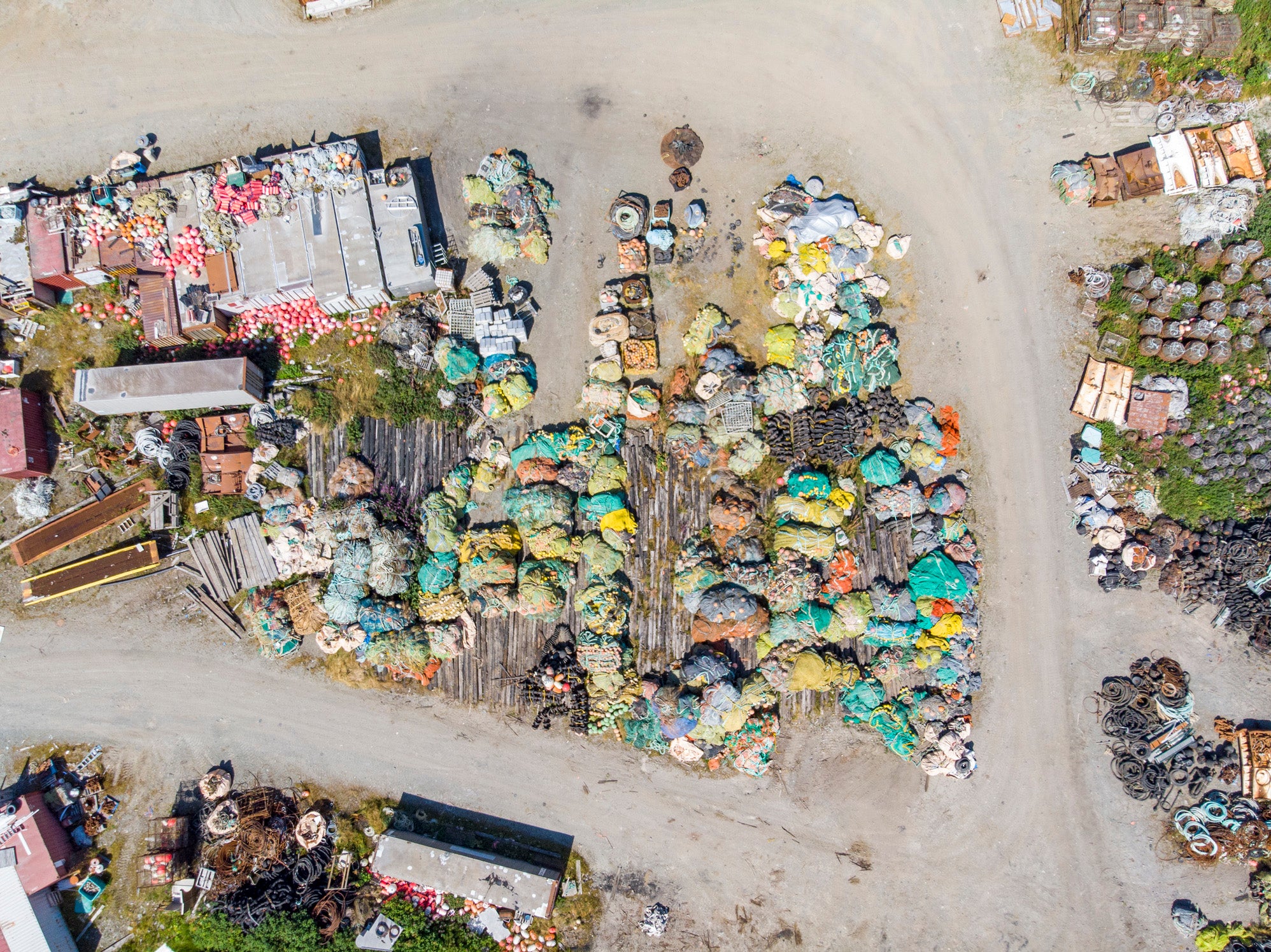Incorporating ocean plastics into your manufacturing process is a phenomenal way to minimize the environmental impact of your products, as it both utilizes an existing sources of plastic destined for landfills or polluting the environment while simultaneously reducing the need to produce more virgin material. But Navigating the nuances of the ocean plastics market can be overwhelming for someone new to it.
Four main polymers comprise the current ocean plastics market: HDPE, PP, PET and Nylon.
Depending on your industry and product performance requirements, you may or may not already use one of these polymers in your products.
One of the challenges of incorporating ocean plastics into the manufacturing process is creatively determining how to best evaluate and utilize one or more of these four available polymers. This can feel overwhelming and turns off some organizations from pursing this path, but asking the right questions and doing some due diligence can quickly vet the viability of ocean plastics for a particular project. Relying on a trusted advisor well-versed in this specialized domain is key to streamlining this process.
If one of these polymers is already in use, incorporating ocean plastics into the project will likely be easier. But it's important to realize that using ocean plastics is not always a swap-in/swap-out move. With certain products, you can literally switch from virgin resin to a recycled ocean plastic resin, but that's not the case for more complex engineered parts..
We see lots of demand for brands using engineering polymers like ABS, TPU, and PC wanting to now use ocean plastics. Those exact materials aren't available yet from ocean plastics sources. These engineered polymers, while still widely used around the world, are not found in the single-use plastics that dominate the waste stream.
If your tooling or equipment were designed for ABS, chances are you’ll going to need some serious engineering support to get an HDPE to adhere to the same characteristics. This has been done by some our larger Oceanworks clients, but it can be a significant initiative not undertaken lightly.
The scope and complexity of these challenges is why choosing the right polymer, or multiple polymers, from the Oceanworks Marketplace can help companies reach their sustainability goals without sacrificing manufacturing quality or product performance.
"At Oceanworks, our goal is to help catalyze the adoption of recycled ocean plastics into products and services around the world."
-Rob Ianelli, Founder, Oceanworks
The listing for every product in the Oceanworks Marketplace has a technical data sheet detailing each resin's technical properties. Engineering teams should be particularly aware that the MFI for ocean plastics varies dramatically between resins, even of the same polymer type. Flexural modulus also differs significantly, so it’s safe to say not all ocean plastics-based resins are created equal.
As the Oceanworks Marketplace continually sources material globally, regional variances should also be noted. For example a PET from Asia may have different performance characteristics than one from South America. Every processor has its own technique on getting the highest-quality product out of their extruder. So while chemically both resins are PET, it’s important to understand in advance the variations in characteristics.
Managing expectations for you and your team is crucial. More importantly, managing how your manufacturer understands the process is even more valuable, as they will be on the front lines producing your product and dealing with these new materials.
Key Takeaways:
- Understand what polymers you’re currently using and why.
- Try to utilize an existing ocean plastic polymer to meet those requirements.
- Involve your manufacturer early in the process, but not right away. You don’t want them to jump the gun and shoot down the idea of using recycled ocean plastics just because they received a polymer that can’t work or requires too much of their engineering team.
- Not all plastic or ocean plastics are created equal.
- If a readily available ocean plastic polymer won't work, determine your appetite for innovation and proceed with eyes wide open.
